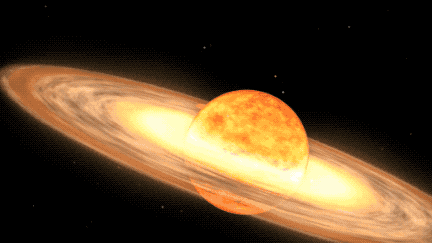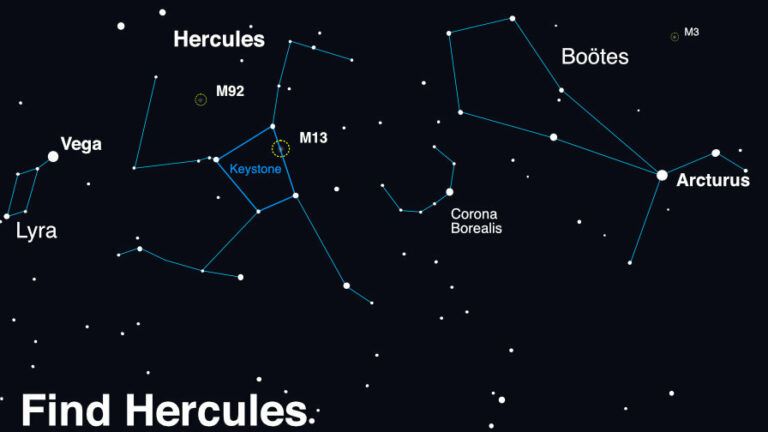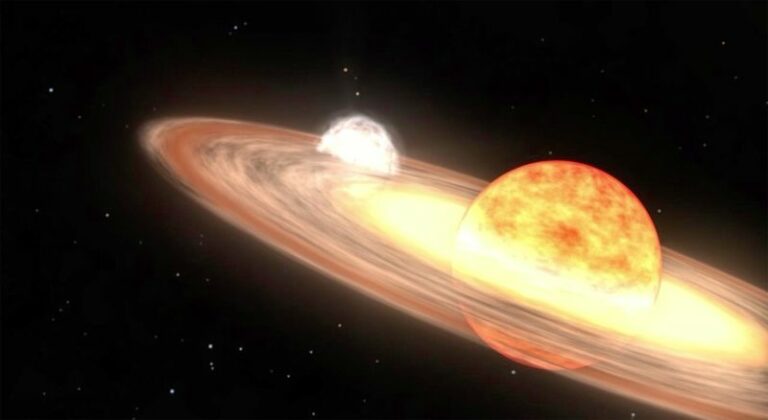An uncommon nova sparks a ‘fresh star’ in the sky this year. Here is a guide on how to observe it.
A new explosion that can be seen with the naked eye is anticipated to enhance the night sky this year, providing a unique chance for stargazing.

A new explosion that can be seen with the naked eye is anticipated to enhance the night sky this year, providing a unique opportunity for stargazing. The star system responsible for this event is called T Coronae Borealis (T CrB). Situated approximately 3,000 light-years away from Earth, it consists of a red giant star and a white dwarf that revolve around each other. When the white dwarf absorbs enough material from its red giant companion, it triggers a short-lived burst of nuclear fusion on its surface, resulting in what is referred to as a nova explosion.
This explosion will be observable in the constellation Corona Borealis, also known as the Northern Crown, which creates a half-circle of stars. Predicted to take place between February and September 2024, it will shine as brightly as the North Star in our night sky for no more than a week before gradually fading, as stated by NASA officials.
NASA officials emphasized the rarity of this event, noting that the nova outburst occurs approximately every 80 years. The most recent explosion of this recurrent nova was in 1946, making it one of only five observed within the Milky Way galaxy. To witness this phenomenon, observers are advised to look towards Corona Borealis, situated between the constellations Boötes and Hercules.
During the outburst, the nova will be visible as a luminous “new” star in the night sky. Normally, these binary stars have a magnitude of +10, making them too faint to be seen without assistance. However, during the outburst, the stellar system will shine at a magnitude of +2, similar in brightness to the North Star, Polaris.

According to NASA officials, once the brightness of the explosive stellar pair reaches its peak, it will remain visible to the naked eye for several days and can be observed with binoculars for just over a week before it starts to dim again. This dimming phase may last for approximately 80 years, until the next outburst occurs. The stellar pair consists of a white dwarf, which is a compact stellar remnant, and a larger red giant star in the later stages of its evolution. The red giant’s outer atmosphere is inflated and thin.
Due to their close proximity, the red giant transfers its outer layers onto the white dwarf as it becomes unstable from increasing temperature and pressure. The accumulation of matter on the white dwarf triggers a thermonuclear reaction, resulting in the nova that is visible from Earth. This cycle will repeat itself once the nova dims, as the white dwarf gathers enough matter to create another outburst.
Do not forget to share your opinion with us to provide you with the best posts !




0 Comments